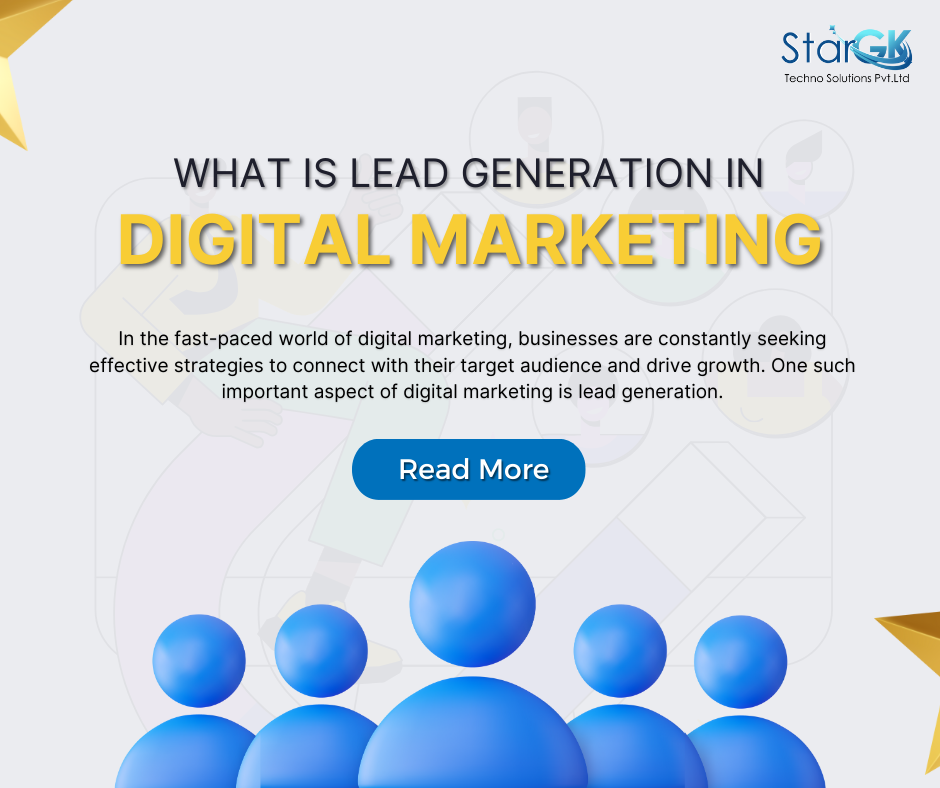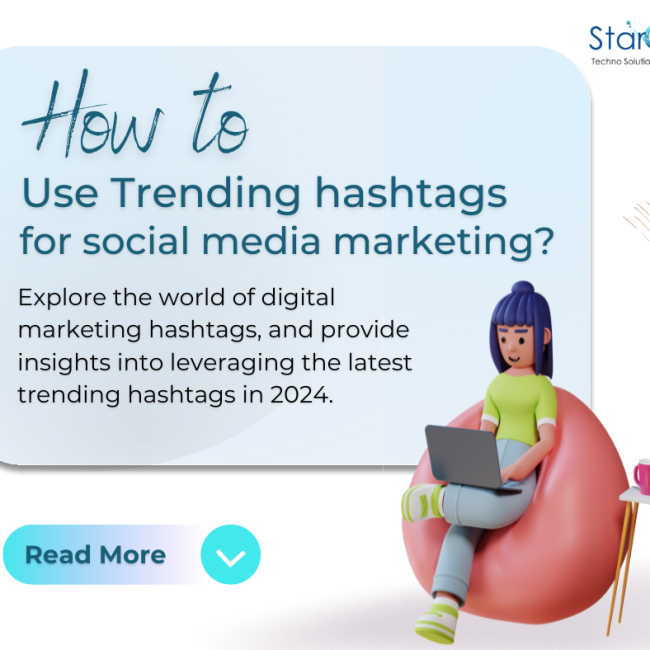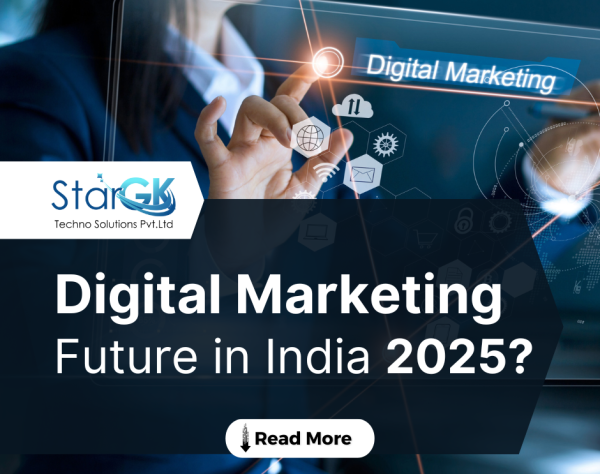
what is lead generation in digital marketing
In the fast-paced world of digital marketing, businesses are constantly seeking effective strategies to connect with their target audience and drive growth. One such important aspect of digital marketing is lead generation. In this blog, we’ll look into the concept of lead generation in digital marketing, explore the lead generation process, and provide examples to illustrate its significance in today’s competitive landscape.
Lead Generation in Digital Marketing
Lead generation in digital marketing refers to the process of attracting and converting potential customers (leads) into individuals who have expressed interest in a product or service. It serves as the foundation for building a customer base and is crucial for sustained business success in the digital era.
Digital Marketing Leads
In the digital realm, leads are the lifeblood of businesses. These are individuals who have shown a genuine interest in a product or service by engaging with a company’s online content, such as clicking on ads, subscribing to newsletters, or downloading resources. Digital marketing leads can be categorised into various types, including marketing qualified leads (MQLs) and sales qualified leads (SQLs), depending on their level of engagement and readiness to make a purchase.
Lead Generation Process
The lead generation process in digital marketing involves a strategic approach to capture and nurture potential customers. Following are the steps in the lead generation process:
Identifying Target Audience
The first step is defining the ideal customer profile and identifying the target audience. Understanding the demographics, interests, and online behaviour of the target audience helps tailor marketing efforts more effectively.
Creating Compelling Content
Content lies at the heart of lead generation. Whether it’s blog posts, social media content, or downloadable resources like ebooks and whitepapers, creating valuable and relevant content is essential to attract and engage potential leads.
Optimising Landing Pages
Landing pages play a crucial role in converting visitors into leads. Optimised landing pages with clear calls-to-action and user-friendly forms enhance the chances of capturing essential information from potential customers.
Utilising Lead Magnets
Lead magnets are incentives offered to visitors in exchange for their contact information. This could be a free trial, a discount code, or access to exclusive content, enticing potential leads to share their details willingly.
Implementing Multi-Channel Marketing
Leveraging multiple digital channels such as social media, email marketing, search engine optimization (SEO), and paid advertising increases the reach and effectiveness of lead generation efforts.
Lead Nurturing
Once leads are captured, nurturing becomes crucial. Providing relevant information, personalised communication, and addressing queries contribute to building trust and guiding leads through the sales funnel.
Measuring and Analysing Results
Regularly monitoring key performance indicators (KPIs) such as conversion rates, click-through rates, and engagement metrics helps assess the success of lead generation efforts and allows for optimization based on real-time data.
Lead Generation Examples
To grasp the significance of lead generation in digital marketing, let’s explore a few examples:
Content Marketing Success
A company consistently produces high-quality blog content addressing industry challenges. Through strategically placed calls-to-action within the content, visitors are encouraged to subscribe to newsletters or download in-depth guides, turning them into potential leads.
Social Media Engagement
A business actively engages with its audience on social media platforms, conducting polls, hosting live sessions, and sharing valuable content. This engagement not only boosts brand visibility but also generates leads as interested individuals willingly share their contact details for further interaction.
Email Marketing Campaign
An e-commerce business runs a targeted email marketing campaign offering exclusive discounts to subscribers. By segmenting the email list based on customer preferences, the company delivers personalised content that resonates with specific audience segments, increasing the likelihood of conversion.
Conclusion
Lead generation in digital marketing is a dynamic and multifaceted process that plays an important role in driving business growth. By understanding the target audience, creating compelling content, and implementing strategic marketing tactics, businesses can effectively capture, nurture, and convert potential leads into loyal customers. As the digital landscape continues to evolve, mastering the art of lead generation remains essential for staying ahead in the competitive market.







